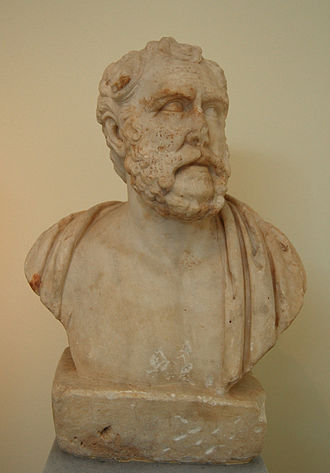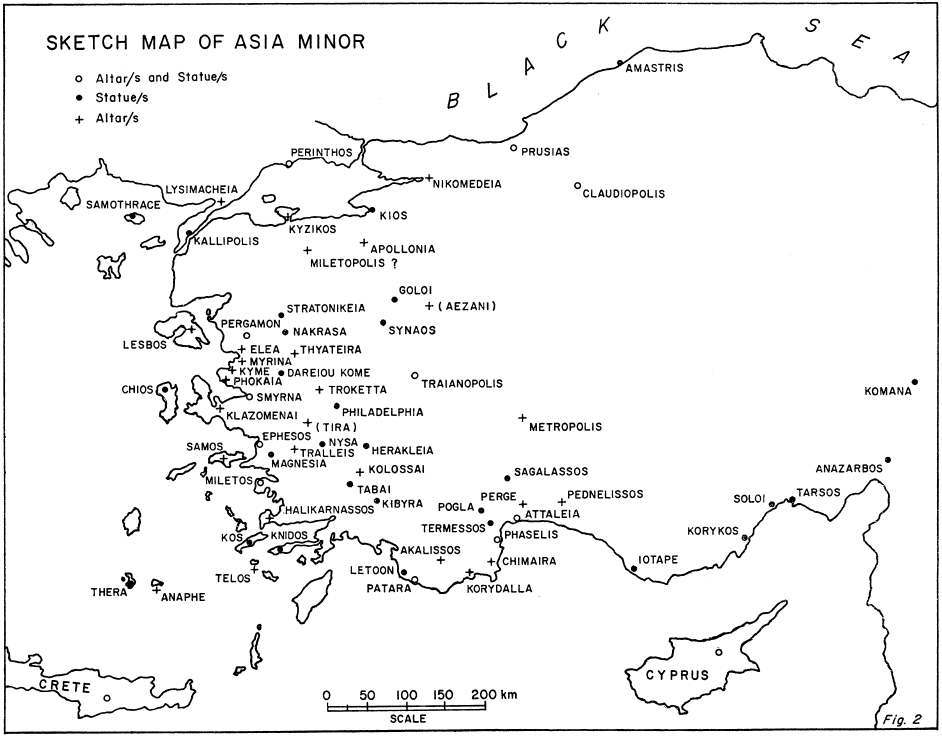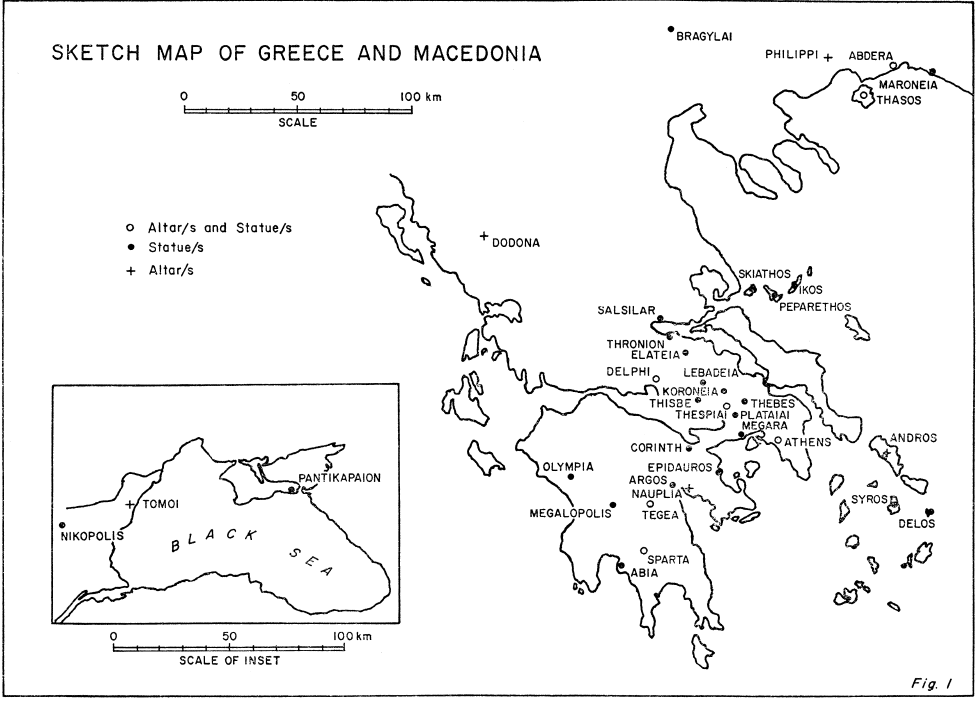There was one little detail I forgot to add in my earlier post: Hadrian as Nero Redivivus. I set out the ways Hadrian emulated the popular Nero but a commenter has brought to my attention that I have not yet explained the 666 link between Hadrian and Nero that the author of Revelation called on readers to identify and reflect upon.
Here is wisdom. Let him who has understanding calculate the number of the beast, for it is the number of a man: His number is 666. — Revelation 13:18
Now everyone knows the name of “the man” Nero equals 666. Some manuscripts make his number equal 616. (See the linked article for details.)
But Revelation 13 speaks of a revival of the beast, a healed head-wound — a “second Nero” — if you will. Recall from our earlier post Corssen’s words:
So the apocalypticist says: the number of the name of the beast is the number of a human name. Does he mean to say: the name of the beast is the name of a human being, it is not an animal at all, but a human being, of whom I have so far only spoken allegorically as of an animal? That is the opinion of many commentators. But number and name are not necessarily identical, the same sum can consist of completely different summands and so the same number can give rise to different names.
When the apocalypticist says: “He who has understanding, calculate the number of the beast,” this is an impossible demand. For this calculation cannot be carried out without knowledge of the name. But in the demand lies the prerequisite that the animal as such has a name. If then the apocalypticist gives the number himself, which even the most intelligent could not have found in this way, it follows that the cleverness demanded does not consist in finding the tacitly presupposed name of the beast, but in deriving from its numerical value the name of a man of the same numerical value. In other words : the animal has a name x = 666, but 666 is equal to the name of a man, both names are, as it was called, ίςόψηφα [=isopsephy]. Thus the γάρ in άριθμός γάρ ανθρώπου ἐστίν [=it is the number of a man] comes to its meaning: one should calculate the number of the beast to find the equivalent name of the man.
(Noch einmal die Zahl des Tieres in der Apokalypse, p. 240, own translation and bolding. Cited by Witulski, p. 183)
With that in mind, notice that Hadrian’s name amounts to the same number as Nero’s:
The interpretation of the number 666 (Rev 13:18) on Hadrian was already considered by D. Voelter, [In his book published in 1885: Die Entstehung der Apokalypse] who adds the letters of the written Hebrew and on coins documented name Trajanus Hadrianus as 666: “Hadrian officially carries as emperor on coins and inscriptions the name Trajanus Hadrianus. If now these names are written in Hebrew and the individual letters are converted into the corresponding numerical value, then exactly the number 666 comes out:
Now another Hebrew name form for Trajan is
If one puts this name form together with the name אדרינום and sums up the numerical values 285 + 331, then one receives that other number 616 handed down by Irenaeus.
So that would explain the comment by Irenaeus that some manuscripts claimed the number 616 instead of 666.
Thus, both the Hebrew-spelled name of the reigning emperor Hadrian and the Hebrew-spelled name of the figure of Nero redivus, קסר נתרן, can be calculated from the number 666, consistent with the isopsephic approach evidently underlying Rev 13:18. Thus, the apocalypticist implicitly identifies the currently reigning princeps Hadrian in Rev 13:18 with the figure of Nero redivivus and can at the same time prove to his addressees that in the figure of this emperor the expected Nero redivivus has truly appeared. (Die Johannesoffenbarung, p. 52 – translated)
Witulski, Thomas. Die Johannesoffenbarung Und Kaiser Hadrian: Studien Zur Datierung Der Neutestamentlichen Apokalypse. Göttingen: Vandenhoeck & Ruprecht, 2007.




